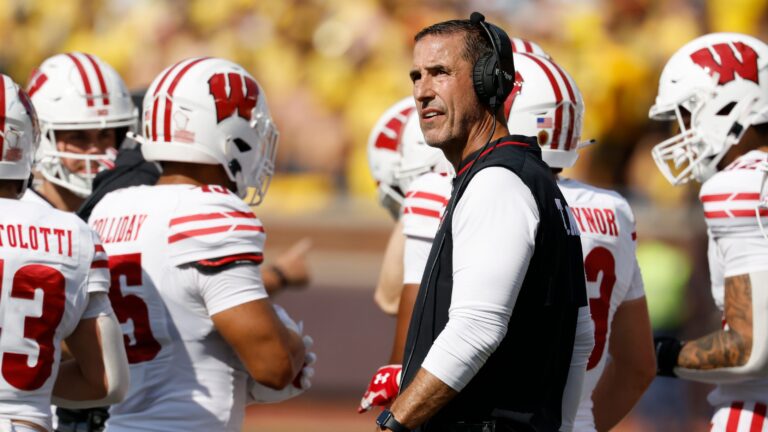
The caramel-coloured tiles on the facade are long gone, and the name changed eight years ago, and there are now wraparound LED screens and an “immersive” museum experience and a lot more bright yellow than you would ideally want. And it’s harder to park right next to the ground like you used to, and many of the locals still insist on calling it El Madrigal. But still they come every other weekend, and buy horchata from the stalls out the front, and sit with the same old friends in the same old bars with the same old faded photos on the wall. Because for all that has changed over the years, this is still their town, their team, their tradition. And when their beloved Villarreal are playing there is nowhere else they would rather be.
But when they play their home game against Barcelona the week before Christmas, the Estadio de la Cerámica is likely to be sitting empty. For the small industrial town of 50,000 just off the A7 motorway, it will feel just like any other night. The classic club anthems will reverberate not in Castellón but more than 4,000 miles away in the Miami suburbs. And football’s dystopian, fungible future will never have been closer to becoming its dystopian, fungible present.

A governing body worthy of the name would regard such cross-border excursions as an existential threat to the development of the global game. Imagine if a fraction of the revenue and attention generated by Milan v Como could otherwise be diverted to Perth’s local A‑League side, who have finished bottom in three of the past five seasons. But of course Fifa has long since relinquished this role in favour of becoming a blue‑chip events organiser twerking for the highest bidder. The grotesque Club World Cup was simply the perfection of an idea long in the gestation: local passion and local colour transposed to the most lucrative neutral space, and funded by the Public Investment Fund of Saudi Arabia.
Might the Premier League be tempted to follow suit? Richard Masters sounded less than definitive when asked about this last month, leaving him just enough wriggle room to leave the possibility open.
after newsletter promotion
The more telling comment was when he argued that the impetus behind the Premier League’s much-maligned “39th game” plans more than a decade ago – “to grow the league internationally” – no longer applied because the league had been so successful at doing so anyway. OK, Richard. So you’re saying the Premier League no longer wants to grow. Let’s see how long that one lasts.
And of course if the Premier League does decide to stage games abroad the backlash will be considerable. There will be protests, there will be boycotts, there will be season tickets (probably last season’s) theatrically ripped up live on Sky Sports News. But of course none of this would be happening unless there were a genuine demand for it. The market cannot be stopped from wanting what it wants. A growing number of club owners come from the US and have becoming increasingly covetous of the American model in which franchises can be relocated on a whim and the show goes wherever an audience can be found for it: a US-style system without any of the US-style protections.
In the shorter term it is probably worth noting that there is comparatively little disquiet in Spain or Italy about any of this. Partly this is because the culture of travelling support is less sacrosanct, partly because there is a basic consensus over the need to sell the product a little harder. And in a way the drive to move domestic games abroad is a symptom rather than a catalyst of the sea change within football, a sport already unmooring from its physical space, a floating entertainment product in the cloud.
It is no coincidence that executives speak increasingly of football’s natural rivals not as basketball or cricket but Disney or Minecraft. Perhaps one day the idea of clubs being tied to a locality will feel as quaintly anachronistic as the idea of Deadpool and Wolverine having home and away fixtures (“Doctor Doom in the lunchtime kick-off, always a tough place to go”). After all, you can set up a horchata stand anywhere you like. Given the right light and the right camera angle, a tifo in Singapore looks pretty much the same as a tifo at San Siro. This is the league of anyone, any time, anywhere. And if you don’t fancy it, chances are there’s someone on the planet who will happily take your place.




